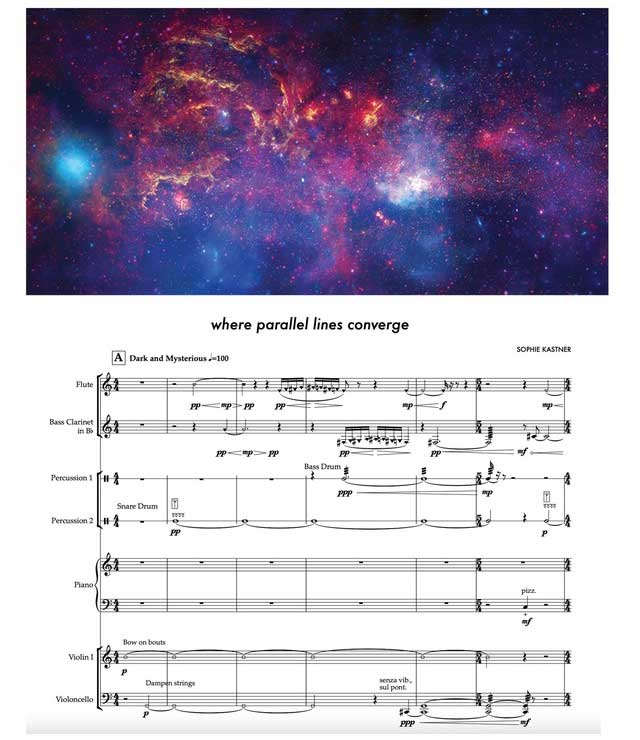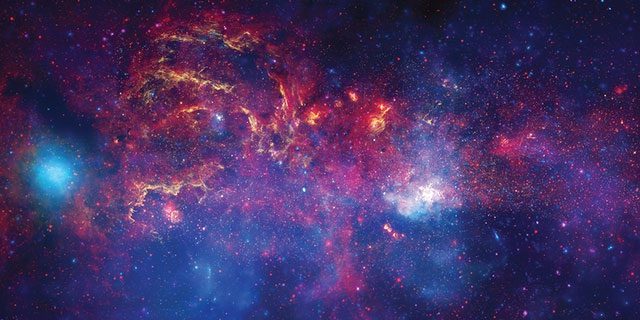The musical piece titled “Where Parallel Lines Meet” is performed using classical instruments.
Creative inspiration can come from anywhere, and throughout history, many poetic souls have looked up at the vastness of space to ponder. The premise of a musical work can be a bright constellation, a rare comet, or… data from a space telescope.
Since 2020, NASA’s Chandra X-ray Center has launched a project to convert digital data into music notes and sounds. This process allows listeners to experience telescope data in a novel way: through auditory senses rather than viewing images as was done previously.
The advancements in technology combined with the boundless creativity of humanity have made the project of “musicalizing” data even richer. Collaborating with composer Sophie Kastner, the team of researchers at Chandra has created a playable version of the data using instruments.
“It feels like writing a fictional story somewhat based on real facts,” said Kastner. “We use space data that has been converted into sound and add a little newness, a touch of humanity to it.”
The musical piece “Where Parallel Lines Meet”, composed by Sophie Kastner, performed by the Ensemble Éclat.
The project focuses on mining data obtained from a small region at the center of the Milky Way (known as the Galactic Center), where a supermassive black hole resides. This area, spanning up to 400 light-years, has been meticulously studied using the Spitzer Space Telescope (now “retired”), the Chandra X-ray Observatory, and the Hubble Space Telescope.
“For many years, we have been working with data that includes X-rays, visible light, and infrared light,” noted Kimberly Arcand, the project lead for converting data into music, a data visualization scientist at Chandra. “Converting this digital data into sound is a significant step, and together with Sophie, we can access something entirely new.”

The beginning of the score for “Where Parallel Lines Meet.”
Transforming data into sound requires special algorithms that can “translate” digital data into sounds that humans can understand. Composer Kastner focuses on each small part of the Galactic Center image, examining the data that makes them up and converting that data into musical notes.
“I believe this process is akin to creating individual illustrations for the data, and it makes me feel like I’m composing a work representative of the image,” Kastner said. “I want to direct the listener’s attention to each small event present in the large dataset.”
The final piece is a peculiar composition, crafted from telescope data and infused with a bit of inspiration from composer Sophie Kastner.

An image depicting the “Galactic Center” region containing a supermassive black hole.
“In a way, this is another method for humans to interact with the night sky, just as they have throughout history,” said scientist Arcand. “We use different tools, but the idea of drawing inspiration from the sky to create art remains unchanged.”




















































